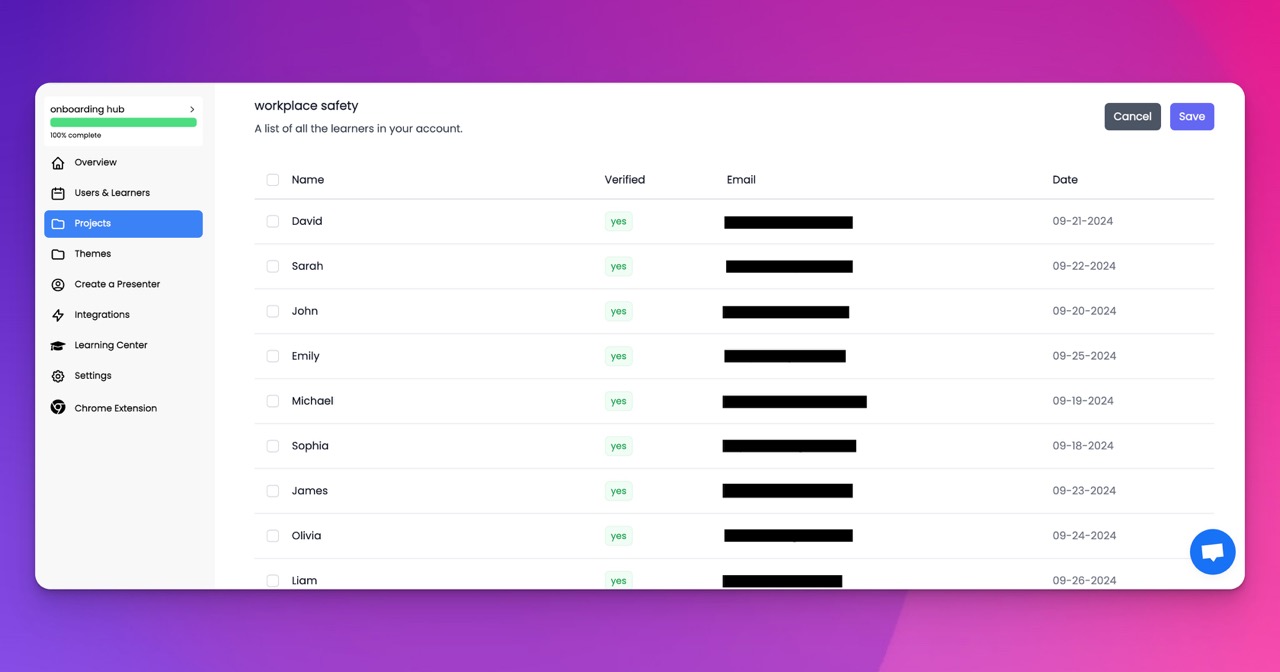🎉 Trainday now integrates with Zendesk and Hubspot 🎉 Trainday now integrates with Zendesk and Hubspot 🎉 Trainday now integrates with Zendesk and Hubspot
🎉 Trainday now integrates with Zendesk and Hubspot
🎉 Trainday now integrates with Zendesk and Hubspot
Contact
Public Transit
Measuring the Impact of Educational Content in the Public Transit Industry on Customer Understanding
In today's fast-paced world, the public transit industry plays a crucial role in keeping our cities moving efficiently. From buses and trains to subways and trams, millions of people rely on public transportation every day to get to work, school, and other destinations. However, for public transit agencies to effectively serve their customers, it is essential that they provide clear and informative educational content to help passengers navigate the system with ease.
Educational content in the public transit industry can take many forms, including maps, schedules, signage, announcements, and online resources. These materials are designed to inform passengers about routes, fares, schedules, and other important information to ensure a smooth and stress-free travel experience. But how can public transit agencies measure the impact of their educational content on customer understanding?
One way to measure the impact of educational content in the public transit industry is through customer feedback. Surveys, focus groups, and customer service interactions can provide valuable insights into how well passengers understand and use the information provided by the transit agency. By collecting feedback from customers, transit agencies can identify areas where educational content may be confusing or ineffective, and make improvements to better serve their riders.
Another way to measure the impact of educational content is through data analysis. By tracking metrics such as ridership numbers, on-time performance, and customer complaints, transit agencies can assess the effectiveness of their educational materials in helping passengers navigate the system. For example, if a particular route or service consistently receives complaints or low ridership numbers, it may indicate that the educational content for that service needs to be improved.
Additionally, public transit agencies can use technology to measure the impact of their educational content. For example, tracking website traffic, app downloads, and social media engagement can provide valuable data on how passengers are accessing and using educational materials. This information can help transit agencies tailor their educational content to better meet the needs of their customers.
In conclusion, measuring the impact of educational content in the public transit industry is essential for ensuring that passengers have a positive and seamless travel experience. By collecting customer feedback, analyzing data, and leveraging technology, transit agencies can assess the effectiveness of their educational materials and make improvements to better serve their riders. Ultimately, clear and informative educational content plays a crucial role in enhancing customer understanding and satisfaction in the public transit industry.
Accelerate Compliance.
Deliver OSHA-Ready Courses Instantly.
Empower your team with data-driven training solutions tailored to your industry's safety standards. Stay compliant, reduce risks, and boost productivity with AI-powered course creation.
